How can technology be brought in line with the vision of business? How not to work unnecessarily and inefficiently? How do you manage to achieve goals in a challenging modern world?
The digital strategy helps you navigate through the mazes of questions! With a well-designed concept, failures can be avoided, the organization can begin to develop significant growth and development.
A very important factor for this is the development of the digital business model, in which the digital strategy can be determined by examining and understanding its elements (such as customer relationships, products, business models, value chains). This is a key part of the organization’s digital business transformation, ensuring that technology plays its role in supporting the goals to be achieved. This will enable the company to gain new distinctive abilities.
An important point is that the achievement of goals online can only be achieved using the digital marketing strategy. Those who believe that traditional solutions can still be effectively made forward are stuck at a dead end. There is a positive trend that a significant proportion of businesses recognise at least the importance of using email, website and social media. However, they may not be able to optimally and purposefully exploit the other possibilities of virtual space.
Without a digital strategy, competitors can gain more market share and customers can easily forget the brand of the company. The most effective marketing can be achieved when digital media is integrated into traditional media. By appearing on the Internet, online value can be created for the audience, focusing on the target group, encouraging shopping and engagement in accordance with their needs.
Online presence on digital platforms
This includes all the interfaces where the business appears and is accessible to the audience. Examples include the own website, social media, ads, articles or links.
Digital marketing, that is, online advertising of the company on Internet resources!
Online marketing includes everything through which the consumers find the company. These can also be websites, mobile applications, social media profile pages or ads, blog articles, newsletters, etc.
Online sales via webshop!
This allows consumers to be served at any time and anywhere, while focusing on other areas of the company for development.
Provide customer contact in as many ways as possible!
This makes it possible for consumers to interact with the business via email, phone, website or social media.
Guaranteeing online safety!
This is especially important for organizations because digital tools, software, data, and information are extremely important and irreplaceable for a business. Cybersecurity includes the cloud security backup system, secure payment systems, and secure storage of enterprise and customer data on a digital interface.
Supplier interaction in the global market!
Online presence and digitisation enables the organization to establish partnerships with suppliers in international and global markets. Resources can be obtained from a much wider range of spectrum, and such business transactions can be more profitable than even within the national borders.
Providing mobile compatible solutions!
With apps, websites and payment options tailored to smartphone, tablet, the business makes it even easier and quicker for users to complete tasks. This is also an essential element for the Y and Z generations, whose basic device is a mobile and administer practically everything on it.
Efficiency through technology!
By integrating and applying digital technology into the organization, certain tasks can be automated, information is easier to access, and data can be processed in a shorter period of time. This saves time and costs, the work will be more efficient and the results will be higher. Communication can be improved and employees will also become more committed.
Cloud-based solutions!
This allows the storage of data or using systems without obtaining additional tools. There is no need for an extra employee, as the cloud ensures the increase of capacity and the expansion of capabilities.
Before any company starts developing a digital strategy, it is worthwhile to clarify some issues that will help make digital technology truly valuable and be of advantage in existing business and corporate strategies.
Organizational development
- What is the impact of digital technology on the enterprise? How much will it affect?
- What new business opportunities can it bring along?
- How can it make the organization more innovative?
- How does it affect the current business model and position within the industry?
- How can digital technology increase the market value of a business? How can it make it competitive?
- What new skills does it provide for the company?
- How does it help to distinguish the company from competitors?
Product/service development
- How can digital technology improve products and services?
- How does it improve the quality of products and services? How does it optimize your costs?
- How does it improve operational, strategic and performance enhancement processes?
- How does it optimize the supply chain management and efficiency?
- How does it affect the field and development of sales and marketing?
Expansion of customer/partner relationships
- How does digital technology affect the target group? Is it exploring new possibilities?
- Can another potential market be targeted?
- Does it increase the loyalty of the current consumer audience or, on the contrary, affects them negatively?
- What value does it provide for consumers?










